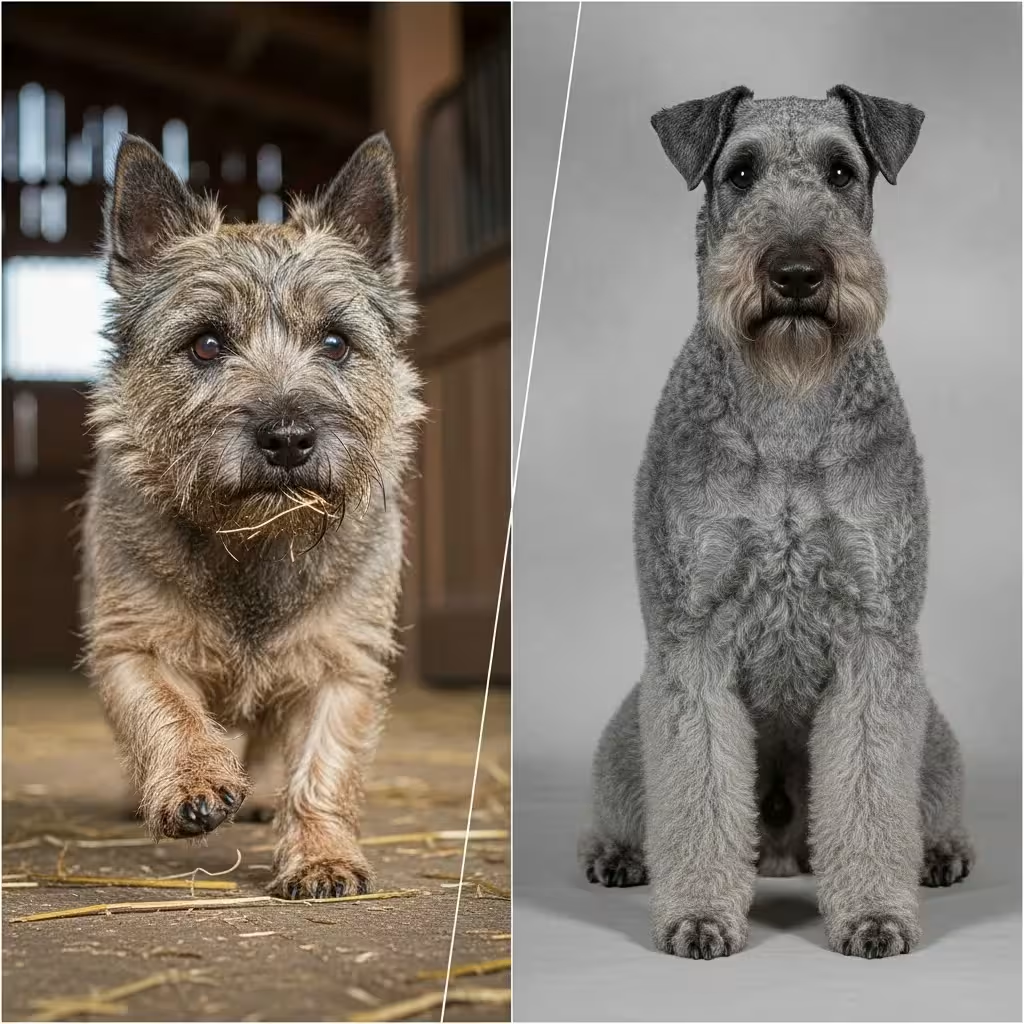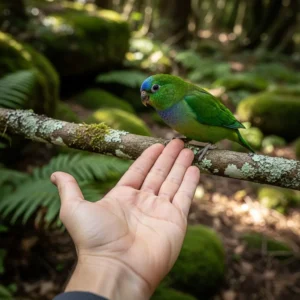
The Rise of Breeds: From Working Partner to Purpose-Bred Specialist
For the vast majority of the 30,000-plus years of dog history, there were no “breeds” in the modern sense. Instead, there were “landraces” or functional types. Dogs were bred for what they could do, not for how they looked. In the Middle East, swift sighthounds were developed to chase down game in the open desert. In the Arctic, powerful spitz-type dogs were bred to pull sleds over snow and ice. Across Europe, tenacious terriers were created to hunt vermin in barns and on farms. These dogs were products of their environment and their job. Their appearance was simply a consequence of their function.
The concept of a formalized dog breed with a written standard and a closed studbook is a very recent invention. It exploded in popularity during the Victorian era in the late 19th century. With newfound leisure time and an interest in science and classification, the British upper class became fascinated with standardizing and perfecting different types of dogs. This period saw the establishment of the first kennel clubs, such as The Kennel Club in the UK (1873) and the American Kennel Club (1884). Conformation dog shows became popular, shifting the focus of breeding from pure function to adherence to a specific physical standard of appearance.
This shift had monumental consequences, leading to the incredible diversity of shapes, sizes, and coats we see today. The history of specific dog breeds is a window into their deeply ingrained instincts and modern care needs.
Mini-Example 1: The Herding Dog (e.g., Welsh Corgi, Border Collie)
Historical Purpose: Herding dogs were developed to be the farmer’s indispensable partner. The Pembroke Welsh Corgi, for example, was bred in Wales as a cattle drover. Their job was to nip at the heels of cattle to move them along. Their short stature was a critical safety feature, allowing them to duck under the powerful kicks of annoyed livestock. They needed to be intelligent, agile, and loud enough to control animals much larger than themselves.
Modern Care Connection: This history explains everything about the Corgi today. They are brilliant, high-energy dogs that require significant mental stimulation. Without a “job” to do, they can become bored and destructive. This is why they excel at dog sports like agility and obedience. Their instinct to “herd” can manifest as nipping at the heels of children or other pets. Responsible owners must provide constructive outlets for these instincts through training and enrichment, such as puzzle toys or scent work games. Their long back and short legs also predispose them to spinal issues, making weight management a top priority. A simple body condition score (BCS) check—where you should be able to feel their ribs easily without a thick layer of fat—is essential preventive care.
Mini-Example 2: The Sighthound (e.g., Greyhound, Whippet)
Historical Purpose: Sighthounds were bred for one thing: speed. They were designed to hunt by sight, spotting prey from a distance and running it down in a lightning-fast chase. Every aspect of their anatomy serves this purpose: a deep chest to house powerful lungs and a large heart, a flexible spine that acts like a spring, and long, muscular legs for an explosive gallop. Their working life consisted of short, intense bursts of sprinting followed by long periods of rest.
Modern Care Connection: This history perfectly predicts the ideal lifestyle for a pet Greyhound. They are often called “45-mile-per-hour couch potatoes” because they are content with a few good sprints a day in a securely fenced area, followed by hours of napping. Their extremely high prey drive, honed over centuries, means they can never be trusted off-leash in an unenclosed space. A squirrel or a plastic bag blowing in the wind can trigger their chase instinct, and they can be a mile away before they even hear you call. Owners must invest in strong recall training for emergencies, but rely on physical containment (fences and leashes) for safety. Their thin skin and low body fat also mean they are sensitive to extreme temperatures and require coats in cold weather.















